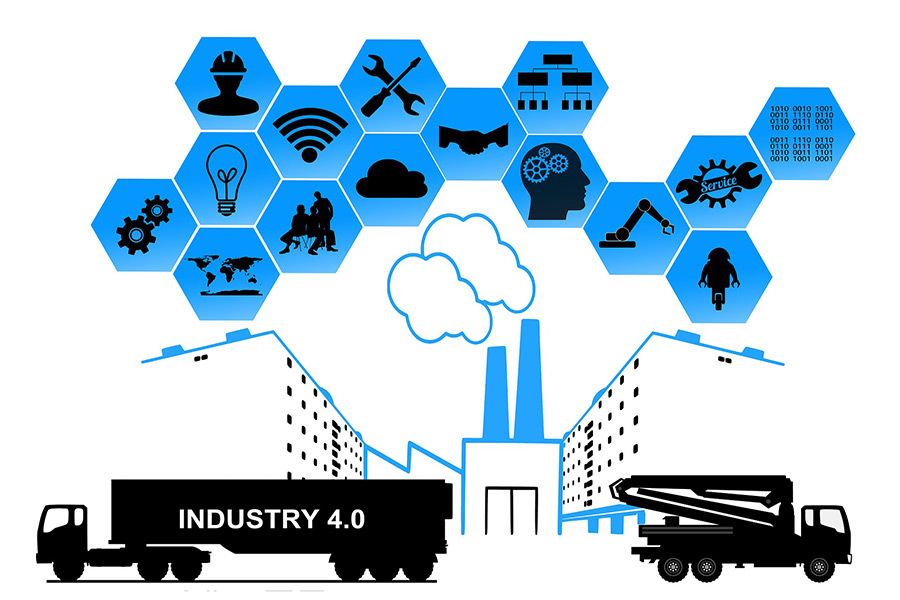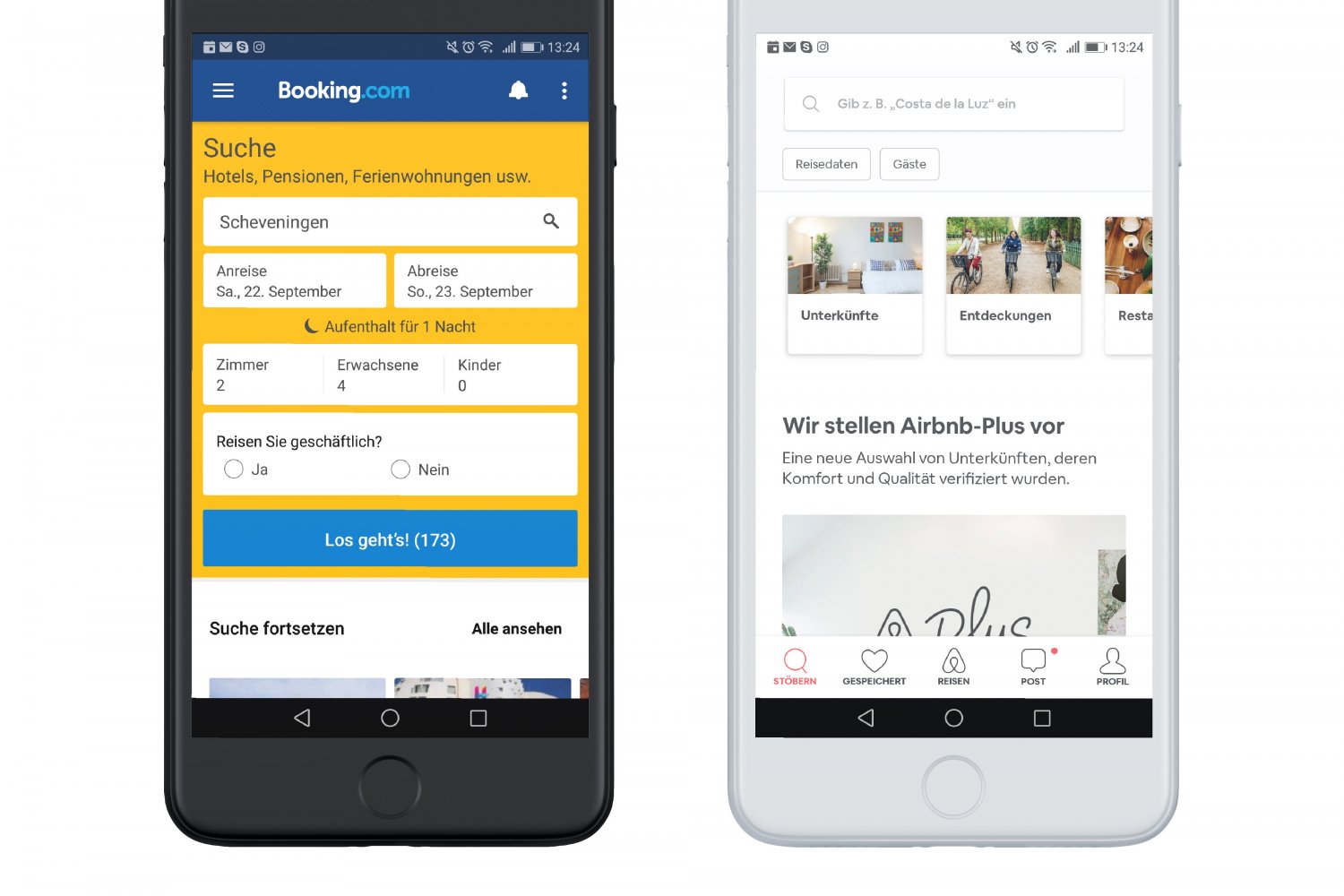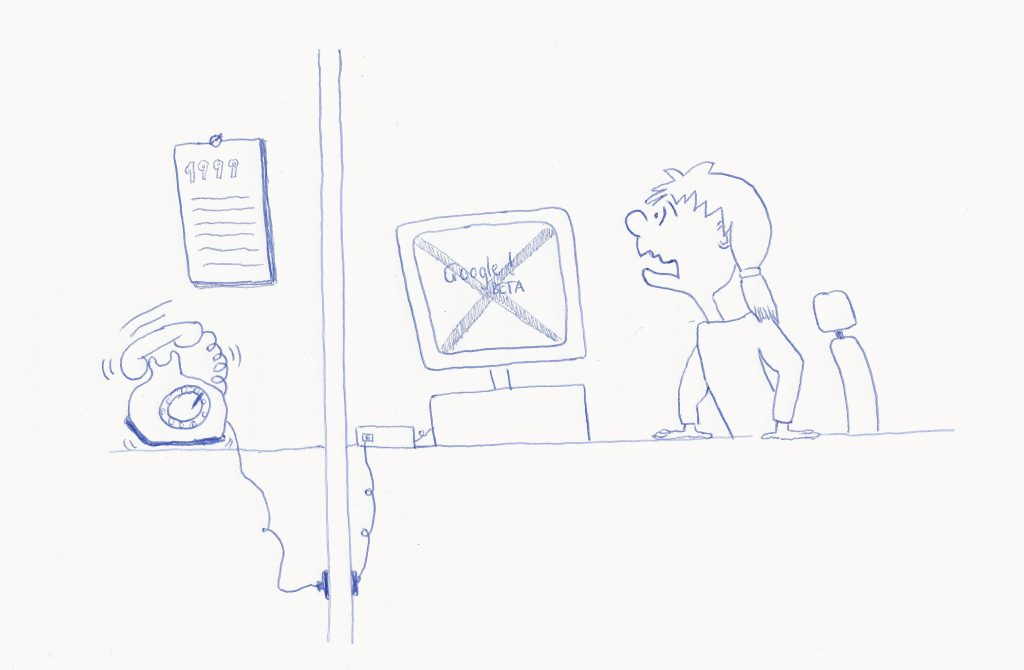
Prolog
Scenario 1 – The Swiss Army Knife
Monday morning, 08:30, a meeting room somewhere on the third floor of an office complex. At the table: several developers, project managers, marketing representatives, and two UX specialists. Their budget for the next three months is secured. The goal of the workshop is to define the first work packages of a long-term plan to revise their entire software and make it more user-friendly. During the workshop, it turns out that there are four work packages in total, with each attending project manager assuming that his or her package has priority. The result is a long dispute which ends in the decision to tackle all packages simultaneously. After burning through the first budgets, the big disappointment sets in – nothing has been finished, no noticable progress compared to the status quo has been achieved. The project is therefore stopped and postponed to an uncertain date.
Scenario 2 – The Top Secret Project
Tuesday afternoon, 14:30, the CEO’s office. In addition to three close confidants of the management, the head of the development team and two representatives of an external UX agency are present. They are planning to develop a new software in the next two years. The project team is confident that the software will be a resounding success, which is why the budget for the entire development has already been assured. The software is developed in-house and after two years, a creatively sophisticated software that has been extensively tested and approved by internal staff is launched. The potential customers did not know about the new development so far, because the management did not want anybody to know something about the innovative product before release.
One year later: The software has been available for 12 months, but only sold once – to a subsidiary. Two years of development have been in vain. The UX agency gets removed from the project, as it has apparently not provided an exciting enough experience for potential users.
—
Projects like those two exaggerated scenarios are common. A motivated start, a great team – but a frustrating result nobody can figure out. But why is that? What can be done to avoid such situations of frustration and, above all, money sinks?
read more…



















